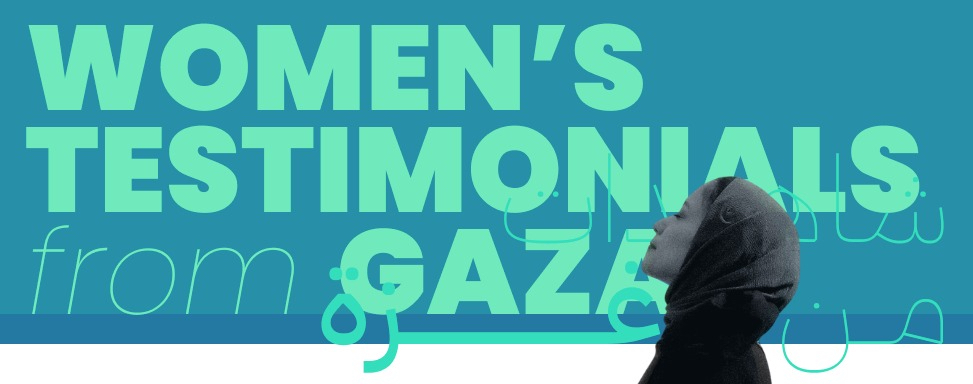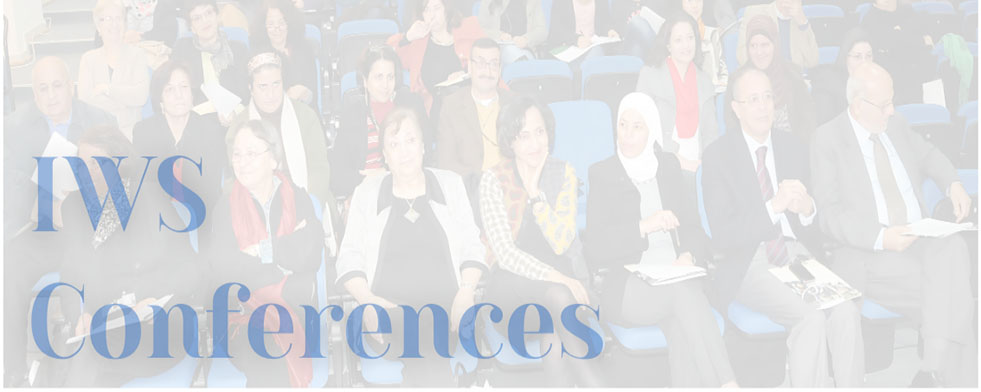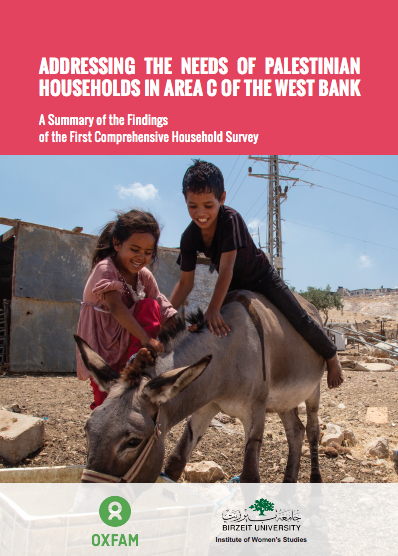Images of the lost homeland: Palestinian refugee women: memories in comparison to refugee men before, during and after the Nakba of 1948 pdf
Year: 2009
Author: Rifah Abu AlResh
Supervisor: Islah Jad
Discussion Committee: sharif kanaana & Rema Hammami
Abstract
This study is an attempt to write some parts of the social and economic history of the Palestinians who were targeted in this study. They are the former inhabitants of Palestinian cities: Yafa, Al-lod, Al-Ramleh and Jerusalem and their surrounding villages who where forced to refugee in the central camps ( Al-amari, Al Jalazoon, Qadoora, Selwad and Ber Ziet camp) after the Nakba and expulsion. The study focuses on the economic and social roles of men and women under the social transformation that affected the occupied Palestine at the late ottoman rule and during the British mandate. The study targets women in villages and poor class women in cities in addition to poor village women who immigrated with their husbands to the cities because of the economic changes that occurred in the country. These changes forced the farmers to leave their farms and become proletarian i.e. a paid worker. It also aimed to show the imagined pictures of the homeland and the differences between these images depending on the women memories through their oral narrative that include all the details of their lives and their personal resume to record it as part of the Palestinian social history because the formal written history dealt with the political roles of the elite and neglected others despite their active participation in their household economy and their active role in the Palestinian social life. The study points out variety and differences in the imagined pictures between the sexes and among women themselves as village women and city women. These differences and variation in the Palestinian memory are due to the class and gender differences in the Palestinian society. In addition to the differences of geographical location, which affected the imagined pictures that are mostly not clear in the formal written history. Homeland imagined pictures contain several elements that reflect the reality of real life with all its vivid details in the targeted villages and cities. They also describe the variation in working activity in a flexible way a part from rigged bipolar division in addition to the high value given to women work. The pictures show differences in the Palestinians ability to cope and accommodate with the new reality that was imposed by Nakba and expulsion, and their great role that women played in going out to work to help maintain their family's survival. Women imagined pictures indicate that the strong well of women in taking responsibility was greater than that of men after the Nakba. Concerning the differences in the Palestinian reality as presented in the pictures for of the tow sexes, they focused on the chances of education which were available to men more than women and freedom of movement, work and ways of spending free time. Freedom of moving was available to women as long as it is confined to their productive role but not in all aspects of life. The difference in the Palestinian reality among women was about clothing. Clothes of cioty woman differed from clothes of village woman. The status of women was determined by the type of clothes and price for city women while in intensity of needling for village women. There was a difference in the pictures concerning work and its nature. For village woman it was work in the land and farm while for city woman it was in official jobs such as teaching and nursing. Women of the city exceeded women of the village in education. The last difference in women imagined pictures was about the way of spending free time that was available to women in cities more than women in villages.
Download



